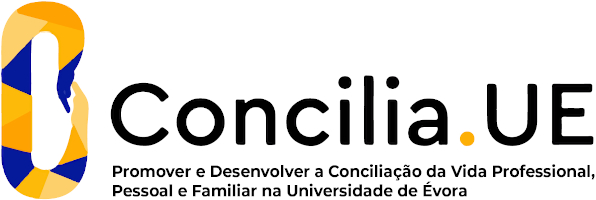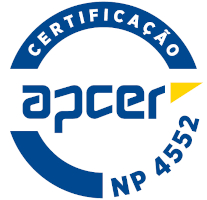2024
Energy Storage
Name: Energy Storage
Code: EME01812L
6 ECTS
Duration: 15 weeks/156 hours
Scientific Area:
Electrotechnical Engineering, Mechanical Engineering
Teaching languages: Portuguese
Languages of tutoring support: Portuguese, English
Regime de Frequência: Presencial
Sustainable Development Goals
Learning Goals
The aim of this course is to equip students with the skills needed to have an overview of energy storage systems that are more common. They should understand how these systems can integrate with systems that provide energy. They should still be able to prepare, submit the form written and oral, and defend "essays" written under the rules and methods commonly used.
Contents
Electricity:
1. Electrochemical storage: lead-acid and Ni-Cd batteries; metal hydrides and lithium ion; redox batteries; characteristics (energy density, power density) and sizing battery system
2. Hydrogen and fuel cells
3. Supercapacitors: state of development, types and characteristics
4. Electromechanical storage: flywheels of high rotation. State of development, types and characteristics. Systems (wheel/motor/generator)
5. Synthetic fuels: state of development, types and specific application. Advantages and problems
6. Storage debit network. Measurement systems. Problems associated.
7. Storing in compressed air systems. Description of the systems and related income.
8. Storage potential energy by pumping hydraulic. Description of the systems and related income.
Thermal energy:
9. Thermal storage for use at low and high temperatures
10. Capture and store solar heat in lakes
11. Storage systems of phase transition (PCMs)
12. Storage in natural reservoirs. Coupling with heat pumps
1. Electrochemical storage: lead-acid and Ni-Cd batteries; metal hydrides and lithium ion; redox batteries; characteristics (energy density, power density) and sizing battery system
2. Hydrogen and fuel cells
3. Supercapacitors: state of development, types and characteristics
4. Electromechanical storage: flywheels of high rotation. State of development, types and characteristics. Systems (wheel/motor/generator)
5. Synthetic fuels: state of development, types and specific application. Advantages and problems
6. Storage debit network. Measurement systems. Problems associated.
7. Storing in compressed air systems. Description of the systems and related income.
8. Storage potential energy by pumping hydraulic. Description of the systems and related income.
Thermal energy:
9. Thermal storage for use at low and high temperatures
10. Capture and store solar heat in lakes
11. Storage systems of phase transition (PCMs)
12. Storage in natural reservoirs. Coupling with heat pumps
Teaching Methods
The teaching method will follow the main line of theoretical concepts to be taught to the students, according to the program of the course, and that will be complemented by: debate on the subjects taught, resolution of exercises, realization of two laboratorial experiments, and a visit to an installation. It is intended that all this activity is as up to date as possible and that it allows both the understanding of the concepts and their practical realization, essential for professional achievement.
The evaluation will have, in principle, the following structure:
1. Continuous assessment (100 %)
i. Assiduity (10%)
ii. Resolution of the exercises (15%)
iii. Report of the laboratory experiment (15%)
iv. Test (60%)
2. Assessment by exam (100%)
Those students who opt for continuous assessment and do not obtain a pass may take the exam in the appeal season, according to the regulations. However, in this case, the evaluation will only consider the exam mark.
The evaluation will have, in principle, the following structure:
1. Continuous assessment (100 %)
i. Assiduity (10%)
ii. Resolution of the exercises (15%)
iii. Report of the laboratory experiment (15%)
iv. Test (60%)
2. Assessment by exam (100%)
Those students who opt for continuous assessment and do not obtain a pass may take the exam in the appeal season, according to the regulations. However, in this case, the evaluation will only consider the exam mark.
Teaching Staff
- Hugo Manuel Gonçalves da Silva [responsible]





















